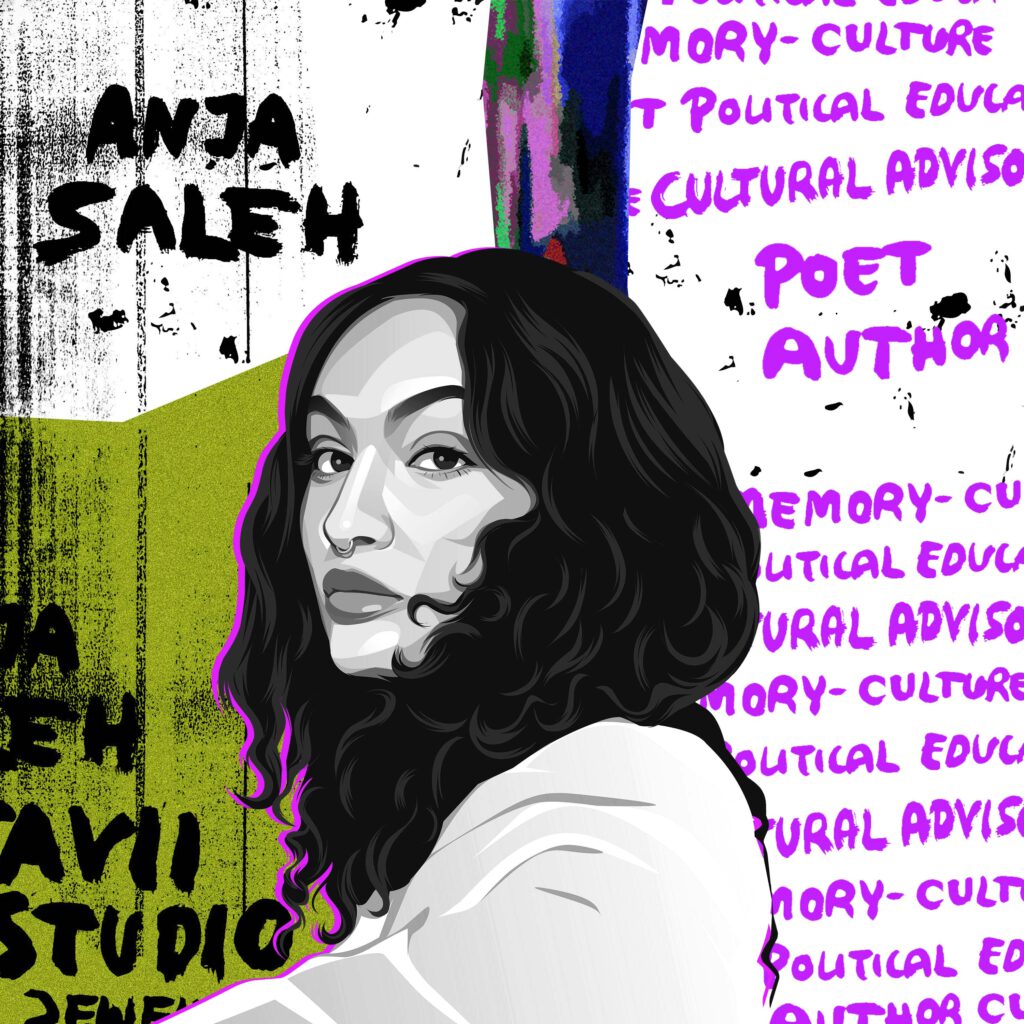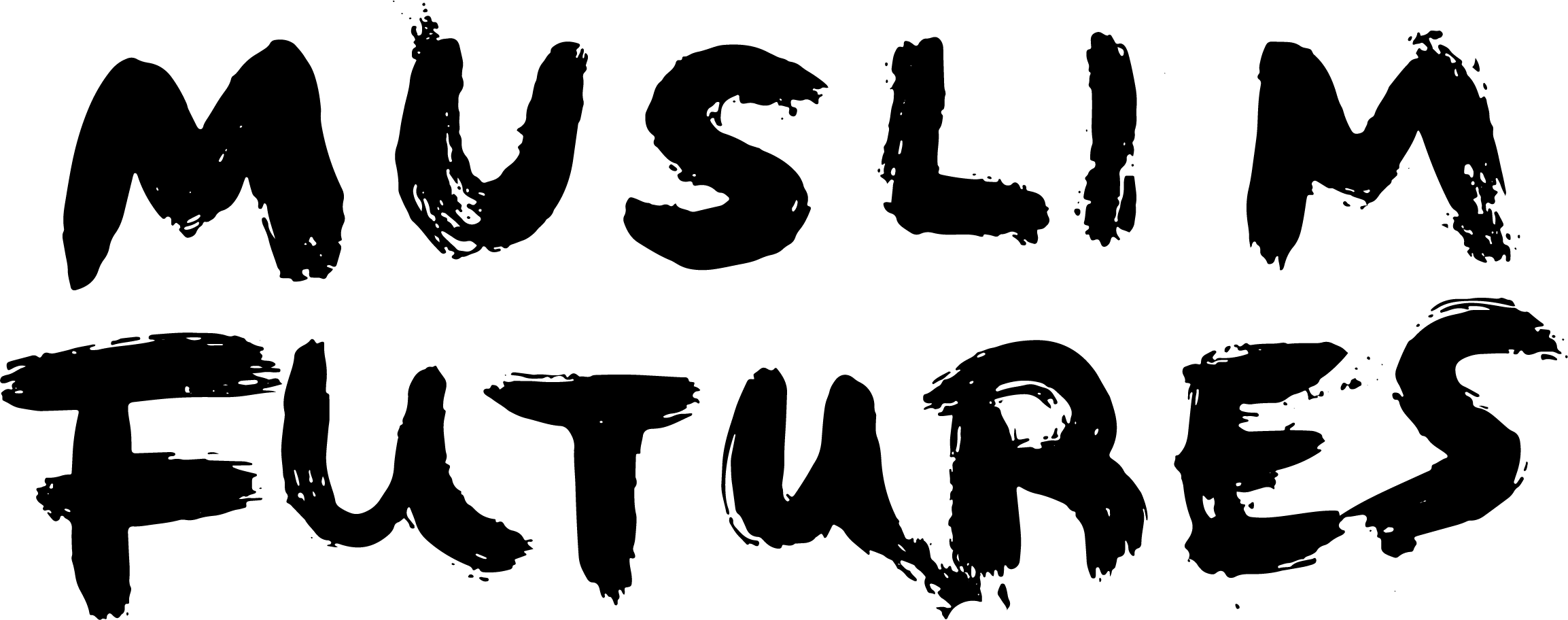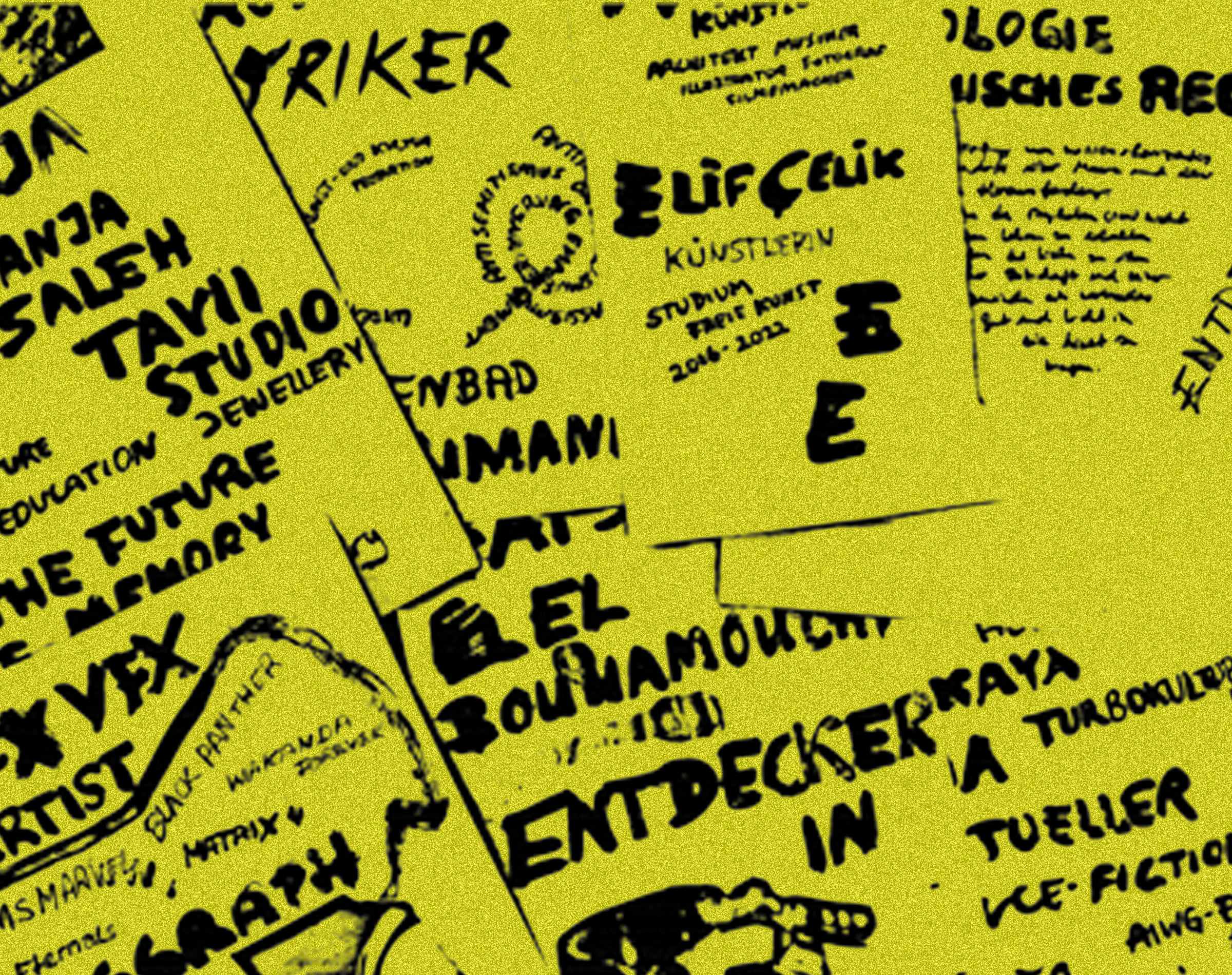„It’s about creating memories now that will resonate in the future, shaping a physically uncolonized space where we can foster inclusive, equitable futures, particularly through environmental and cultural preservation.“
@anjasaleh

Can you introduce yourself in a few sentences?
I’m Anja Saleh, multidisciplinary artist and poet currently focused on the many ways memory culture manifests itself, including in our futures. For this very project I am particularly interested in studying and practicing Khayamiya, a form of handmade Egyptian textile art.
What is your project about?
My project investigates the concept of memory and its connection to the future. It is about understanding what future generations will remember about our time and its culture. This inquiry manifests in textile works, specifically through Khayamiya, an Egyptian art used in various ceremonies and increasingly over the past decade home decorations. This art form, with roots in the Ottoman Empire’s presence in Egypt, is not just decorative but carries personal, political, and social narratives. Currently, it’s threatened by mass-produced goods, and I’m working with artisans in Cairo to reinvigorate it with contemporary relevance while addressing its material implications for the environment and resource sustainability. I will use different motifs, some will pair Ancient Egyptian depictions with texts of mine, others will be more visually loaded.
What are your associations with Muslim Futures?
I associate Muslim Futures with the concept of Amanah—the idea that caring for the environment is a sacred duty, not just a secular concern. It’s about creating memories now that will resonate in the future, shaping a physically uncolonized space where we can foster inclusive, equitable futures, particularly through environmental and cultural preservation.
Why did you choose textiles to create future memory?
I do not only work with textiles, I work with any medium that feels right for what I feel or want to say. For this particular work the choice stems from my connection to Khayamiya, with its roots in a memory of my teenage years. Discovering the art’s fading presence in its own culture prompted me to research and revive it by appreciating the craft and the inheritors of said craft. This led to a deeper understanding of the art’s decrease and my commitment to restore it with both traditional and contemporary approaches. Textiles to me also are – and always were – a means of communication. The material itself tells a story about our development, preservation and sustainability or the lack thereof. Weaving textiles is such an intrinsic craft on which so many other artforms are based.
What inspires you in thinking and working on Muslim Futures?
I am inspired by the idea that we’re currently crafting the way memory will look like, feel like and sound like in the future – at least to some extent. Preserving traditions, honoring heritage crafts, and promoting environmental literacy are central to my work. I advocate for a broader definition of education that includes practical environmental knowledge, which is crucial for our survival and profoundly linked to our cultural heritages.
So a lot of your motivation for our futures stems from our relationship to nature?
Yes, nature is not an amenity but a necessity. My work emphasizes the intrinsic value of nature and environmental literacy as fundamental to our existence. It’s about recognizing the earth as a place we have been entrusted with —Amanah— and committing to its and therefore our care as an essential part of our faith and responsibility for the future. We are nature, after all. We cannot perceive ourselves as separate from anything.
How would you describe your project in three emojis?
🪡🌊🏕
You want to learn more about Anja and our other futurists? Check out our Instagram page @superrrnetwork to be updated.

